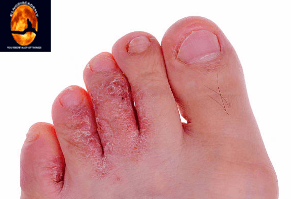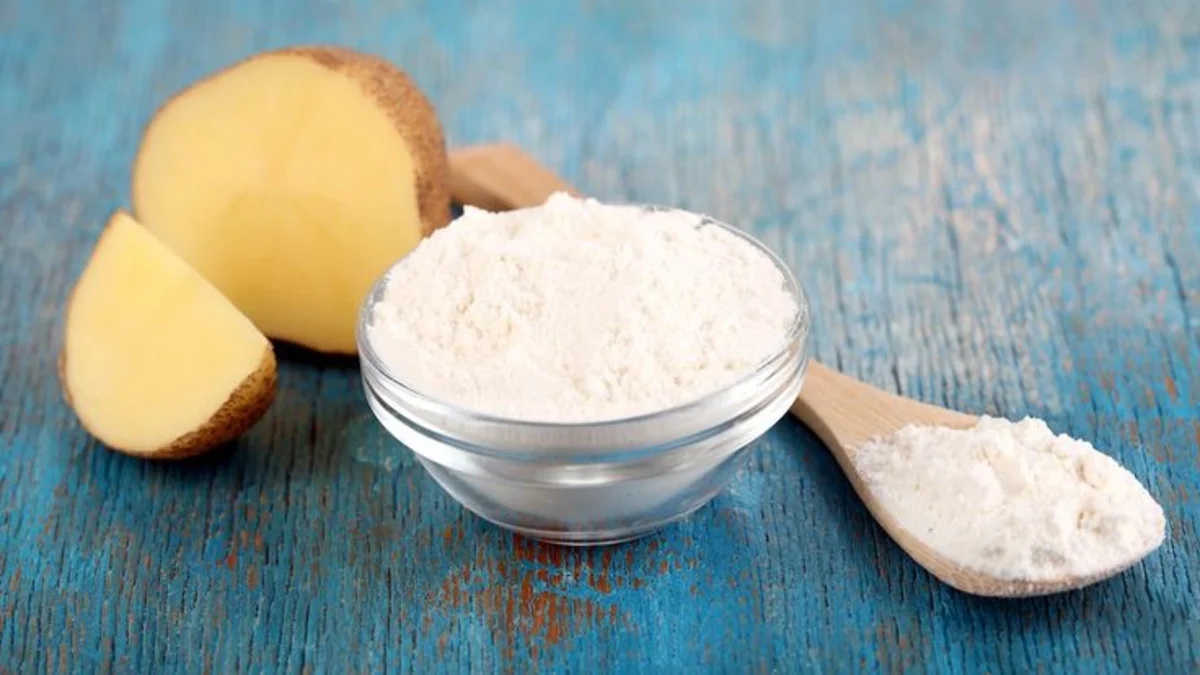what is foot fungus?
Foot fungus can live on the surface of the skin, especially in the most sensitive areas of the body, just as it can live on the bark and wood of a dead tree.
Dr. Joe is a podiatrist who specializes in foot fungus and other foot-related issues. He has extensive experience in treating various types of foot fungus, and he utilizes the latest treatments and technologies to ensure that his patients receive the best care possible.
By utilizing his knowledge and expertise, Dr. Joe staff is able to provide effective treatment for all types of foot fungus and help patients regain their quality of life back.
The fungus can attack living tissues in some illnesses, such as diabetes and rheumatoid arthritis. This, however, does not happen in healthy people. How do we treat the foot, which comes in a variety of forms and causes a range of patients?
types of foot fungus
Athlete’s foot
Athletes’ foot fungus performance. The foot is a type of ringworm infection that affects the feet.
It’s more common in hotter climates and among people whose feet it always wet from excessive sweating. The toenails may thicken if the disease is present for an extended period.
The foot fungus that causes athletes’ foot Onychomycosis, or toenails fungal infections. In reality, there isn’t just one type of fungus that can do this, though a few species handle most infections.
Dermatophytes are a group of fungi that cause fungal infections of the hair, nails, and foot fungus yellow skin.
Toenail fungus
The same fungal strains that cause an athlete’s foot can cause toenail fungus. The fungus infects the surrounding area or the toenail itself in these circumstances.
The nail may turn an uncommon color, such as yellow, black, or white, as a symptom. The nail can also fracture, disintegrate, and separate from the skin.
This condition will not go away without medical intervention. It has the potential to spread to others. To treat this problem, your podiatrist may prescribe a medicated antifungal cream or oral medicine.
Laser treatment for toenail fungus is now available.
Foot fungus images

Symptoms nail fungus
You may have nail fungus if one or more of your nails are:
- Thickened
- Whitish to yellow-brown discoloration
- Brittle, crumbly, or ragged
- Distorted in shape
- A dark color, caused by debris building up under your nail
- Smelling slightly foul
Nail fungus can affect fingernails, but it’s more common in toenails
foot fungus causes
Various fungal species cause fungal nail infections (fungi). Dermatophyte, fungus, is the most common cause. Yeast and mold can also cause foot fungus under nail.
Fungal nail infections can affect persons of any age, but they are more common among the elderly. The nail might become brittle and dry as it gets older.
Fungi can penetrate the nails through the cracks that develop. Other factors, such as poor blood circulation in the feet and a weaker immune system, could also be involved.
Athletes’ feet (foot fungus) can cause toenail fungal infections, which can spread from one nail to the next. However, contracting an infection from someone else is uncommon.
foot fungus home remedy
foot fungus quick cure
1. Weekly checkups
Trim and clean your nails once a week to get them ready for treatment. Toenail clipping decreases pressure on the nails and aids the penetration of antifungal treatments.
Foot fungus and avoid it in the future, keep your foot, clean, and dry.
2. Shoe and sock cleaning
Changing your socks and shoes regularly can also help to prevent the spread of unpleasant foot fungus.
I may wash socks and athletic shoes in hot water to kill any yeasts or fungi that have developed on the fabric.
3. Peroxide (Hydroxyl)
We can kill foot fungus using hydrogen peroxide. With a clean cloth or cotton swab, wipe hydrogen peroxide directly on your diseased foot fungus between toes.
In a foot soak, hydrogen peroxide can also use. Soak feet for 10 to 20 minutes in a mixture of 1/8 cup hydrogen peroxide (or several capfuls) and four cups lukewarm water.
After rinsing your feet with warm water, pat them dry.
4. Vinegar or apple cider
Apple cider vinegar is another home cure for toenail fungus treatment.
foot fungus vinegar is an antifungal component that can make a foot soak by mixing it with water.
Its acetic acid component aids in the whitening of discolored toenails and the prevention of infection spreading to other toes.
foot fungus foot soak in a mixture of two parts vinegar and one part warm water for 20 minutes every day. We could use one part vinegar to one part water for a stronger foot soak.
We can add essential oils to make the experience more pleasant if the fragrance is too strong. Both white vinegar and apple cider vinegar are equally effective.
5. Sodium bicarbonate
To heal the afflicted nail, add baking soda to a foot soak. You can also mix a baking soda paste with a little water and apply it straight to your foot.
Allow 10 to 20 minutes for the paste to rest on the afflicted area before rinsing with warm water and thoroughly drying the foot.
6. Tea tree oil
Tea tree oil, also called melaleuca, is an essential oil with antifungal and antiseptic abilities.
7. Oregano essential oil
We found thymol in oregano oil. Thymol possesses antifungal and antibacterial effects, according to a 2016 assessment.
Apply oregano oil to the afflicted nail twice daily with a cotton swab to treat toenail fungus. Some people combine oregano and tea tree oils.
Both products are potent and may cause irritation or allergic reaction. Combining them may increase this risk.
8. Garlic
Garlic contains antifungal and antimicrobial properties, Garlic can treat toenail fungus by applying chopped or crushed garlic cloves to the afflicted area for 30 minutes each day.
Garlic capsules may be a better (and less fragrant) way to cure it from the inside out. Follow the manufacturer’s instructions.
9. Zinc
Zinc oxide is a mineral that can treat fungus. Miconazole-zinc oxide can use on the affected area as a skin protectant to fight infection and decrease the indications of foot fungus.
Consult your doctor to discover if adding toenail fungus zinc deficiency to your foot care routine is appropriate for you.
10. foot fungus epsom salt
To ease your foot fungus, soak your feet in an Epsom salt (magnesium sulfate) bath. Soak your feet for 10 to 20 minutes in a mixture of one cup of Epsom salt and two quarts of warm to hot water.
11. Cornmeal
We can find antifungal properties in cornmeal. We can use cornmeal as a paste or as a soak.
In a shallow pan, dissolve cornmeal in warm water to make a paste. Allow the paste to cool completely before applying it to your feet. Allow for an hour of rest.
Add an inch of cornmeal to a shallow spot as a soak. Pour an inch of warm water on top of the cornmeal and set aside for an hour to allow the cornmeal and water to mingle naturally.
Then soak your foot for an hour in enough warm water to cover it completely. We can use cornmeal as a toenail fungus home treatment on a weekly basis.
12. Diet
Candida overgrowth may feed fungus in your present diet. To starve the yeast and improve food fungus, apply the following dietary changes:
Avoid sugar from your diet.
Avoid consuming alcoholic beverages.
Limit yourself to one cup of carbohydrates every day.
Coconut oil is used to cook.
Include ginger and garlic in your recipe.
Take a probiotic supplement.
13. Dimenna
Dimenna is a foot fungus treatment that can be used to treat athlete’s foot, toenail fungus, and other common types of fungal infections.
This topical cream has been proven to be successful in treating these conditions and provides relief from the itch and irritation associated with fungi.
It can be applied directly to the affected area for quick relief, and also helps prevent future outbursts. Get back your feet’s normal condition with Dimenna today!
Foot fungus jock itch
Foot fungus, such as the one that causes jock itch, is a common problem that can be difficult to get rid of.
It can cause itching, burning and redness on the skin and can even spread to your nails if left untreated. In this article, we will discuss how foot fungus spreads, what treatments are available and what prevention methods you should take to avoid getting it in the first place.
Finally
Foot fungus killer will probably clear up much faster than the nail infection because the skin infection is superficial and the treatment can easily. You’ll need to keep the treatment until your skin is in good shape to get rid of it. Maintain your efforts.
Frequently Asked Questions (FAQ)
Does foot fugus go away?
Fungal nail infections typically don’t go away on their own, and the best treatment is usually prescription antifungal pills taken by mouth. In severe cases, a healthcare professional might remove the nail completely. It can take several months to a year for the infection to go away.What is foot fungus caused by?
Athlete’s foot is caused by the same type of fungi (dermatophytes) that cause ringworm and jock itch. Damp socks and shoes and warm, humid conditions favor the organisms’ growth.How can you prevent the spread of foot fungus?
There are around 250,000 sweat glands on each foot. Dry your feet after we have wet them to prevent the spread of foot fungus. Allow your shoes to air out before putting them back on.What can foot fungus look like?
Athlete’s foot can affect the skin between your toes, the bottoms of your feet, the tops of your feet, the edges of your feet and your heels. Your skin may appear irritated (red, purple, gray or white), scaly or flakycan foot fungus affect your health
While toenail fungus is common, it’s usually not harmful. Symptoms mostly affect the look of your toenail. Toenail fungus may spread to the skin between your toes or other areas of your body






I’ve had toenail fungus for about 20 years and have yet to find a solution. My many podiatrists have tried oral medication and toenail gels. To date, everything has failed. Now I am considering removal of all of my toenails to rid me of this condition.